|
I am a doctoral student at Johns Hopkins University and work with Professor Rama Chellappa. My research aims are to build algorithms for non-contact vital sign estimation using machine learning and optimization. I received my bachelors degrees in Electrical and Computer Engineering as well as Computer Science from Rutgers Unversity-New Brunswick Email / CV / Google Scholar / Github |
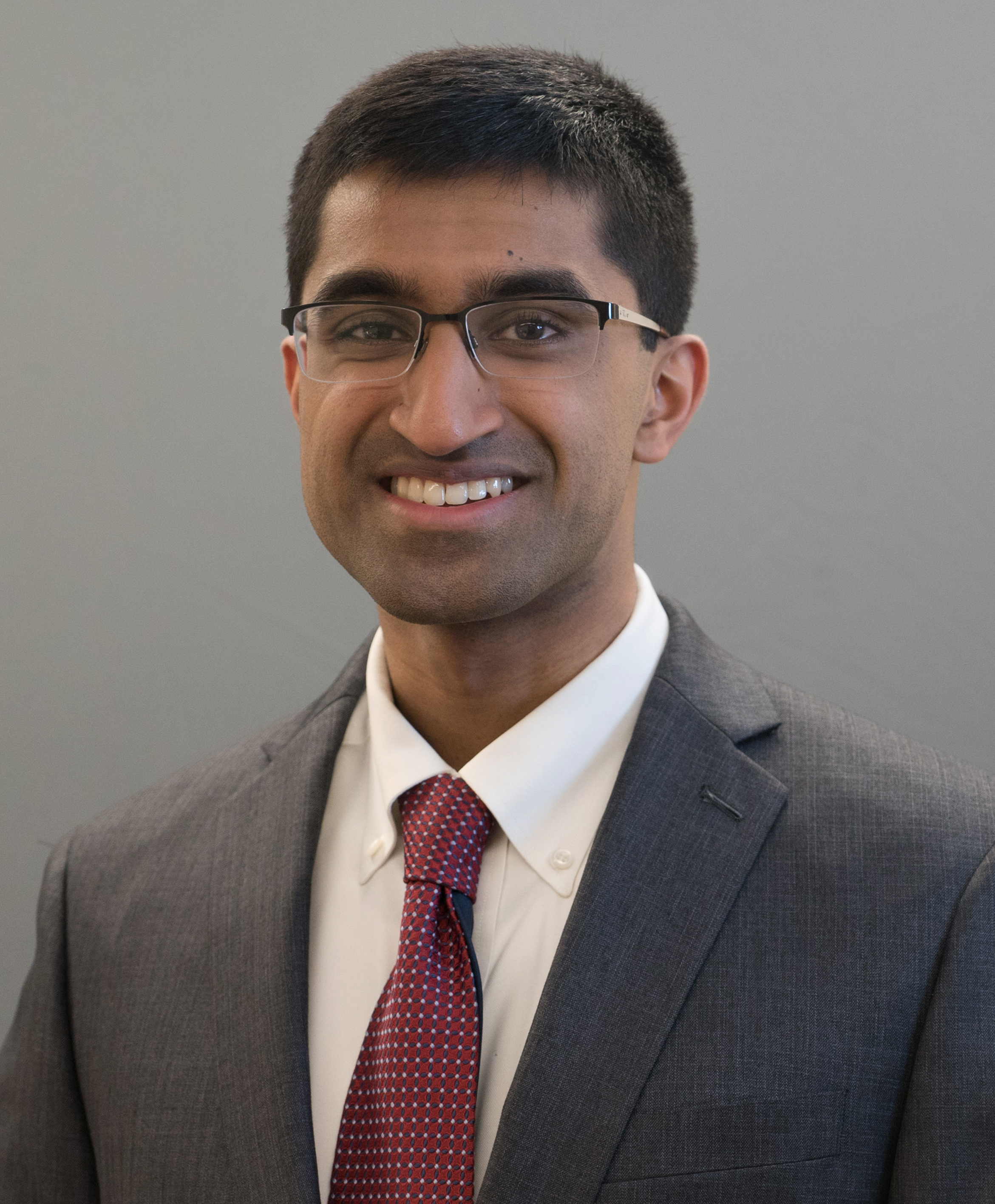
|
|
I am broadly interested remote physiological monitoring using cameras, with a particular focus on imaging Photoplethysmography (iPPG). I have developed algorithms for lab-based iPPG, and more recently, built algorithms for clinical applications and real-world settings. |
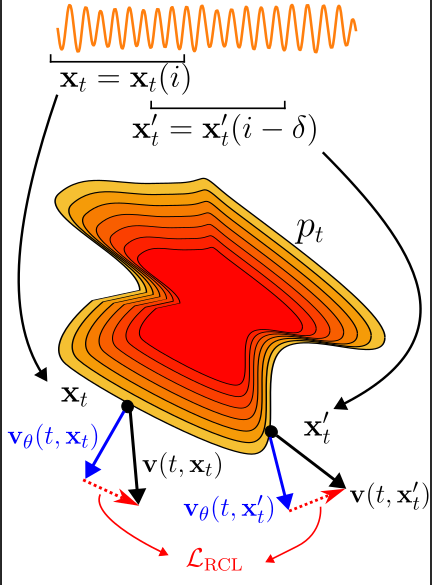
|
Vineet R. Shenoy, Cheng Peng, Rama Chellappa, Yu Sun Under Review---Transactions on Machine Learning Research, 2025 We use generative models to learn the distribution of pulse signals given video, allowing for uncertainty quantification. |
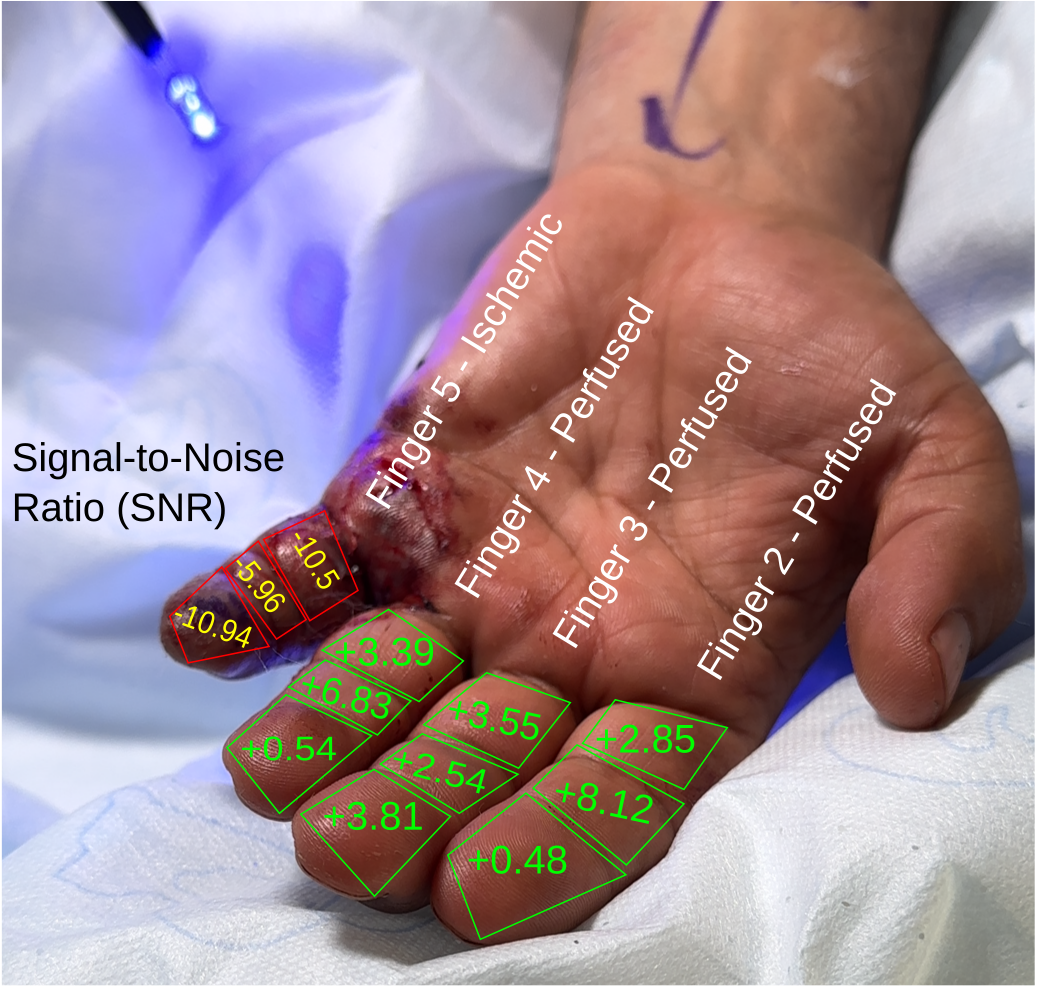
|
Vineet R. Shenoy, Carly Q. Kingston, Mantej Singh, Ike C. Fleming, Nicholas Durr, Rama Chellappa, Aviram Giladi Accepted --- Plastic and Reconstructive Surgery, 2025 We apply iPPG techniques to hands with acute trauma for perfusion assessment in-field. |
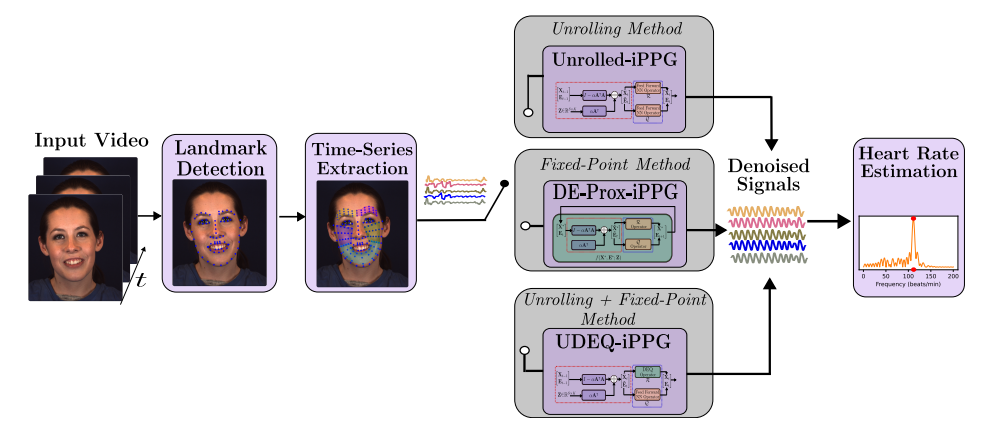
|
Vineet R. Shenoy, Suhas Lohit, Hassan Mansour, Rama Chellappa, Tim K. Marks Under Review IEEE Transactions on Image Processing, 2025 We obtain iPPG estimates from facial video by solving an inverse problem using deep equilibrium models. |
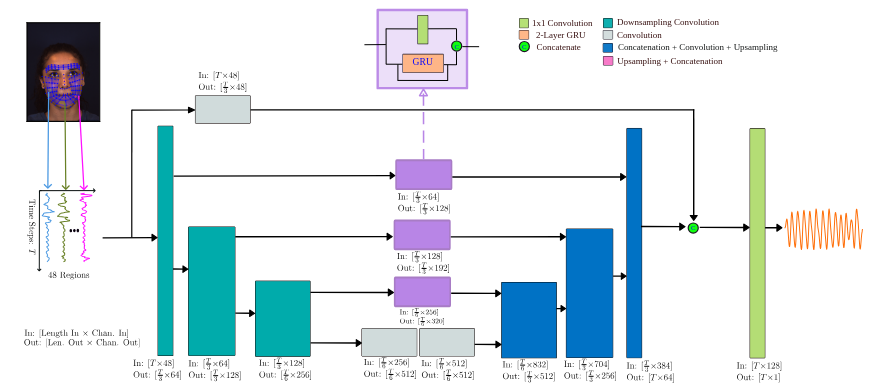
|
Vineet R. Shenoy, Shaoju Wu, Armand Comas, Tim K. Marks, Suhas Lohit, Hassan Mansour arxiv, 2025 We build a UNet model for imaging Photoplethysmography that achieves state of the art results for data in both the near-infrared domain as well as the RGB domain. |
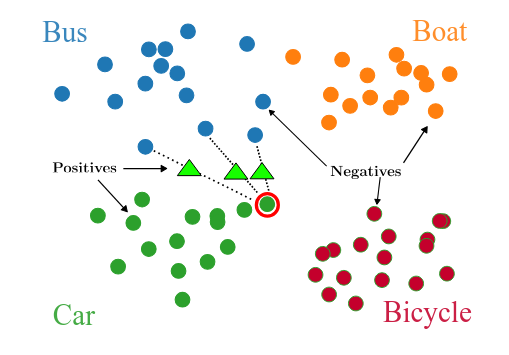
|
Vineet R. Shenoy, Rama Chellappa IEEE International Conference on Pattern Recognition, 2024 We generate pseudo-samples from low-data classes and learn a robust model using contrastive learning for the task of Few-Shot Object Detection. |
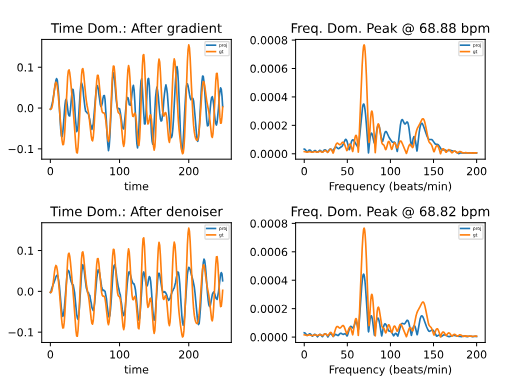
|
Vineet R. Shenoy, Tim K. Marks, Hassan Mansour, Suhas Lohit, Rama Chellappa IEEE International Conference on Image Processing, 2023 We obtain the Blood Volume Pulse (BVP) wave from facial video by solving an inverse problem with learnable priors. |
|
|
Pirazh Khorramshahi, Vineet R. Shenoy, Michael Pack, Rama Chellappa IEEE Transactions on Intelligent Transportation Systems (under review), 2022 We develop a real-time multi-camera tracking system that works on operational camera data. We integrate the system into the RITIS platform and evaluate our algorithms on the AICITY 2021 Multi-Camera Tracking dataset. |
|
|
Vineet R. Shenoy, Pirazh Khorramshahi, Rama Chellappa Technical Report, 2022 We classify vehicle actions as such as "right turn", "left turn" and "straight through" by solving a sixth-order polynomial that depends on the vehicle's trajectory and the parametric definition of a movement. |
|
|
Neehar Peri, Pirazh Kohrramshahi, Sai Saketh Rambhatla, Vineet R. Shenoy, Saumya Rawa, Jun-Cheng Chen, and Rama Chellappa Conference on Computer Vision and Pattern Recognition Workshops , 2020 paper / bibtex As a part of the NVIDIA AI Challenge, we develop robust algorithms for multi-camera tracking, vehicle re-identification, and anomaly detection. We are among the top scoring teams on the public leaderboard. |
|
|
Anirudha Sahoo, Naceur El-Ouni, Vineet R. Shenoy IEEE GLOBECOM Workshops , 2019 paper / bibtex As higher priority spectrum users request access to the 3.7 GHz band, incumbent users must determine when to vacate the band and when to request more access. We study timing constraints so that the channel is used efficiently and all FCC timing requirements are met. |